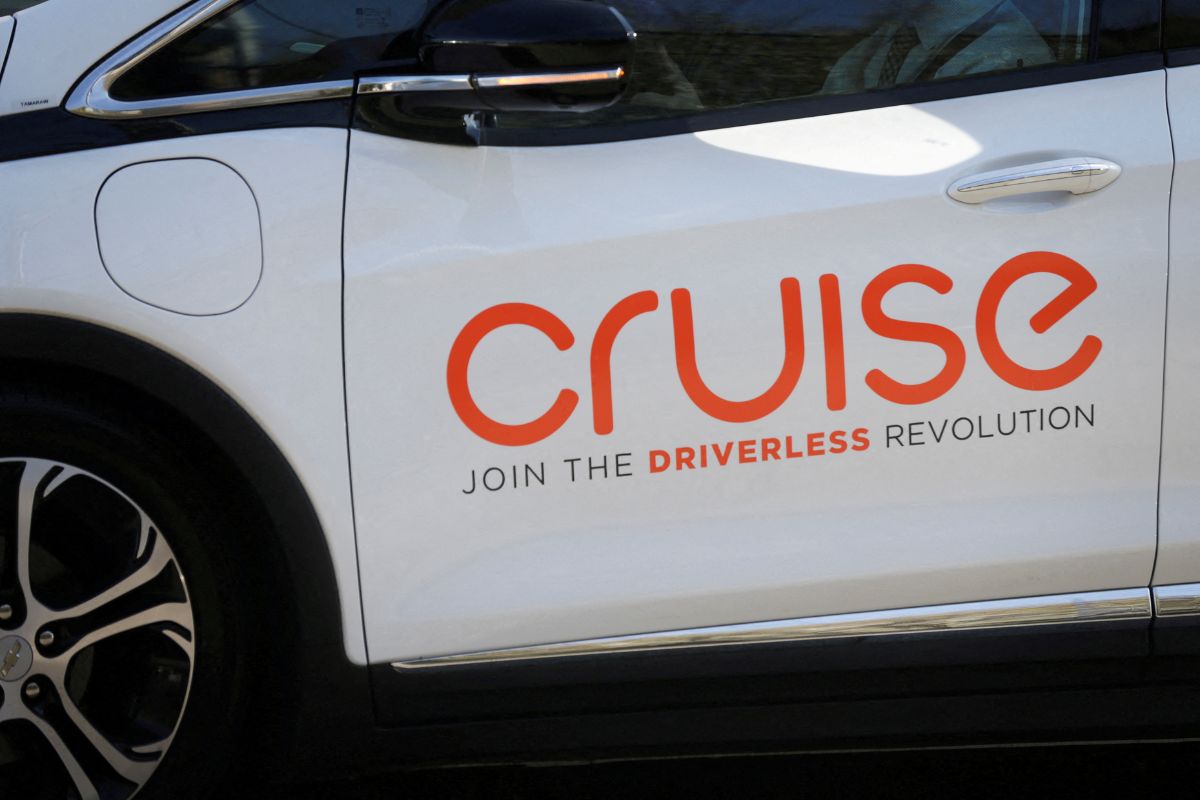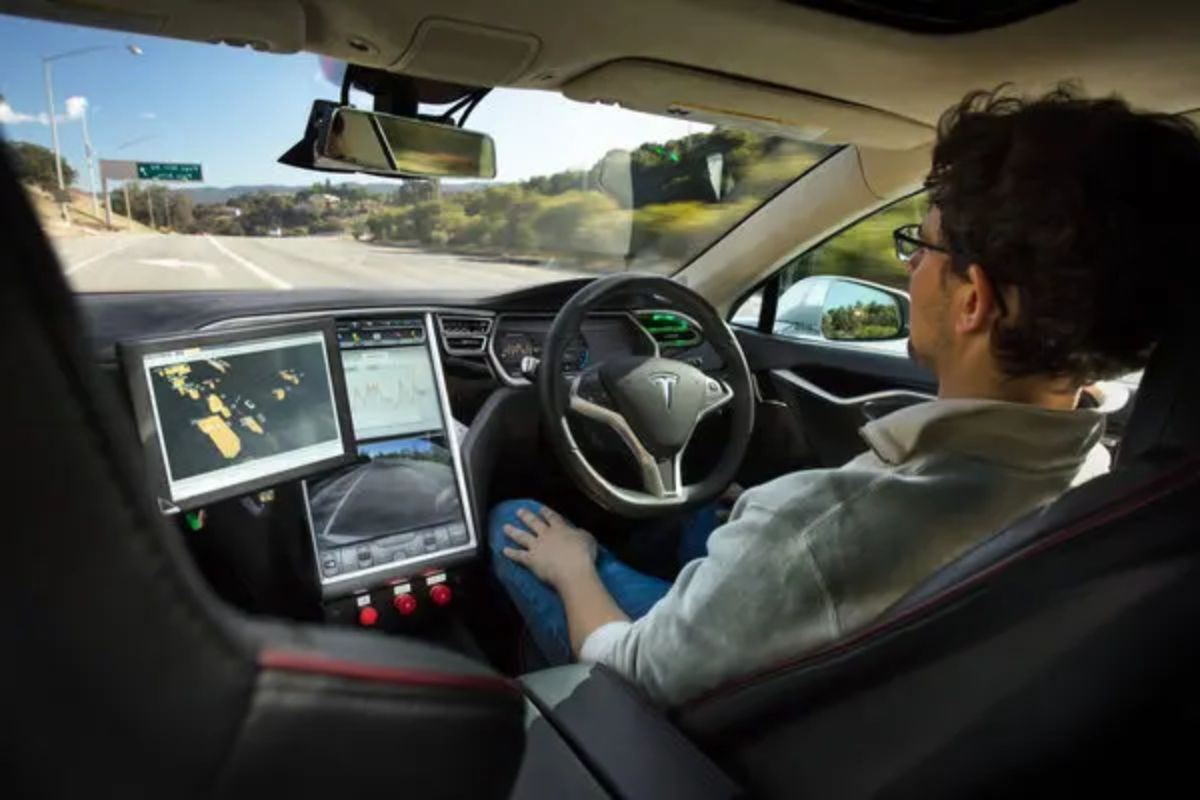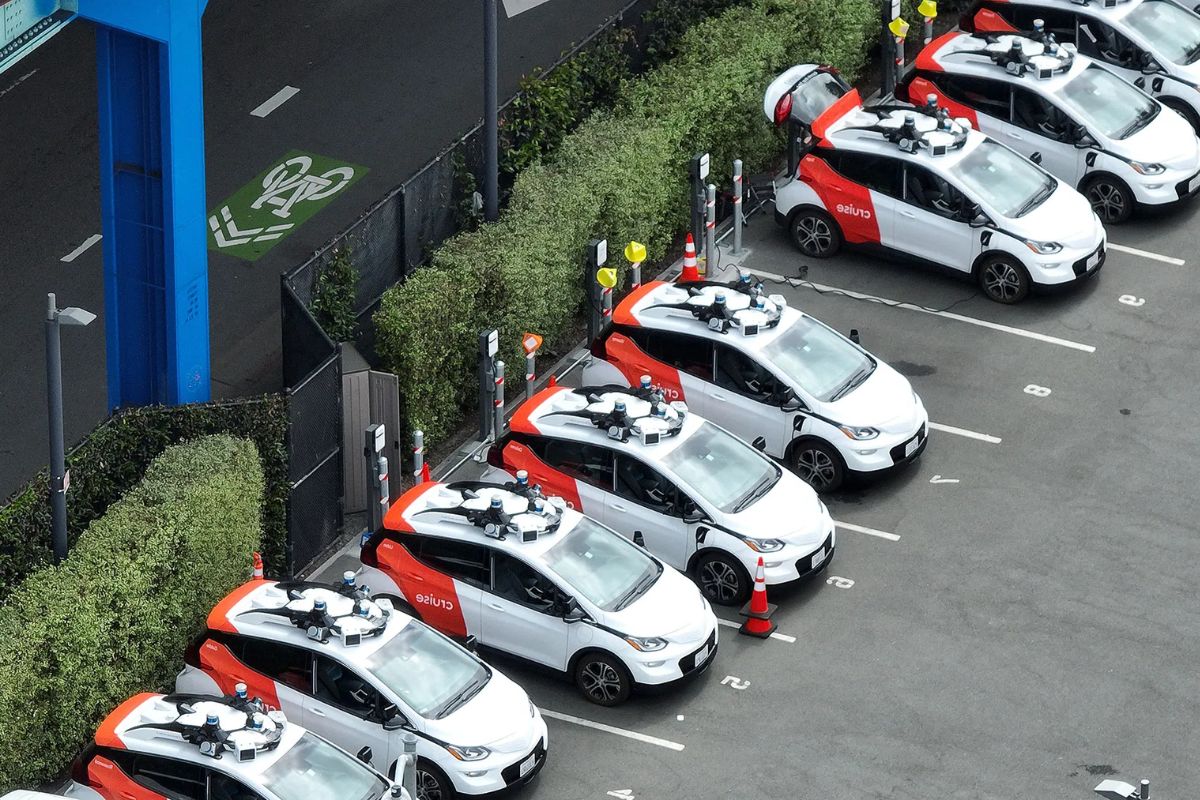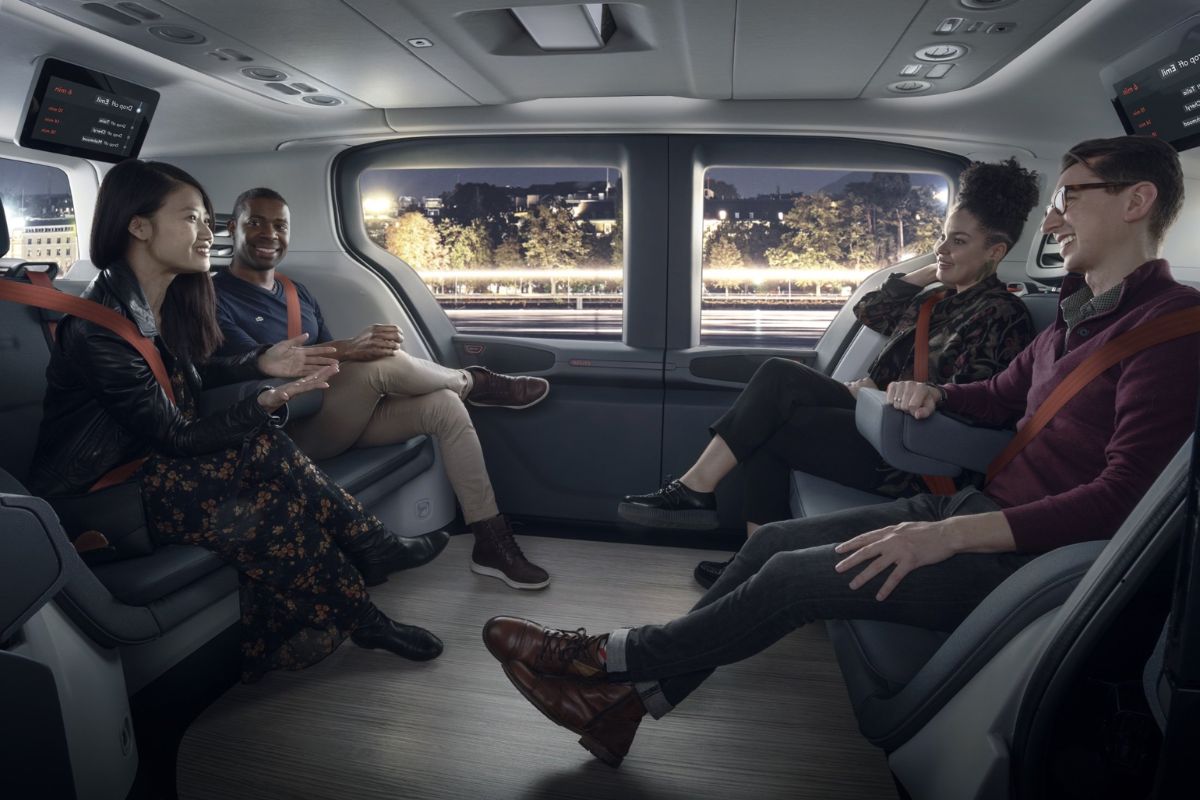Cruise’s Hardware Chief Exit: Amidst the tumultuous landscape of GM’s Cruise operations, the recent departure of the hardware head, Jeremy Jenkins, has left many wondering about the future trajectory of the autonomous vehicle venture. As the company grapples with operational challenges and the aftermath of a highly-publicized incident in October, Jenkins’ exit raises questions about the internal dynamics and strategic direction of Cruise.
With an air of uncertainty lingering over the executive shake-up, stakeholders are left to ponder the implications of this latest development on Cruise’s commitment to overcoming its current woes.
Key Takeaways
- Departure of Cruise’s hardware head, Carl Jenkins, exacerbates operational challenges.
- Uncertainty looms over Cruise’s internal stability and strategic direction.
- Industry confidence in Cruise’s capabilities may falter post-Jenkins’ exit.
- Jenkins’ departure raises concerns about future technological advancements at Cruise.
Executive Resignation Adds to Ongoing Challenges at Cruise
The abrupt departure of Carl Jenkins, GM’s Cruise hardware head, has exacerbated the existing turmoil at Cruise, further deepening the company’s ongoing challenges. Jenkins’ resignation comes at a critical juncture for Cruise, following a series of setbacks, including the suspension of U.S. operations in October. With Jenkins’ departure, Cruise loses a key figure who played a pivotal role in the development of autonomous vehicle platforms, leaving a void that may be challenging to fill swiftly.
The exit of such a high-ranking executive raises questions about the internal stability and strategic direction of Cruise. It also signals to the industry that all is not well within the company, potentially eroding confidence among stakeholders. Jenkins’ departure may trigger a domino effect, leading to further exits or creating a sense of unease among the remaining team members.
Also Read: Cruise Faces Funding Reduction: GM to Slash $1 Billion in 2024 Spending
In the competitive realm of self-driving technology, where talent and innovation are paramount, the loss of a seasoned leader like Jenkins could have far-reaching implications for Cruise’s future prospects. As the company grapples with this latest blow, stakeholders will be watching closely to see how Cruise navigates these turbulent waters.
October Incident and Subsequent Fallout
Amidst the chaos and repercussions of the October incident involving a pedestrian and a self-driving Cruise car in San Francisco, a cascade of challenges unfolded for the company. The fallout from this incident was nothing short of catastrophic, sending shockwaves through the industry and beyond. Here are five key points that kept everyone on the edge of their seats:
- The pedestrian was struck by another vehicle and dragged 20 feet into the path of the self-driving Cruise car, raising serious questions about safety protocols.
- California promptly suspended Cruise’s permit for driverless vehicles, a severe blow to the company’s testing activities.
- The company was forced to pull out all U.S. self-driving vehicles from testing, halting progress and innovation in its tracks.
- The incident led to significant internal turmoil, resulting in the resignation of Cruise’s CEO and co-founder, leaving a leadership vacuum.
- Public trust in autonomous vehicles was severely shaken, with many questioning the future of self-driving technology in the aftermath of this shocking event.
Jenkins’ Departure and Responsibilities
Jenkins’ departure from his role overseeing Cruise’s self-driving hardware development has left a void in the company’s pivotal technological advancements, raising concerns about the future trajectory of GM‘s autonomous vehicle initiatives. His leadership was instrumental in driving forward Cruise’s autonomous technology, particularly in the realm of hardware development.
Jenkins and his team were responsible for spearheading the creation of cutting-edge components such as microchips, sensors, and computers crucial for the success of self-driving vehicles. Their close collaboration with GM on product development underscored the significance of their role within the organization.
To highlight the impact of Jenkins’ departure, let’s delve into a comparison of responsibilities before and after his exit:
| Responsibilities Before Jenkins’ Departure | Responsibilities After Jenkins’ Departure |
|---|---|
| Oversaw self-driving hardware development | Vacant position with no clear successor |
| Led team in creating advanced vehicle components | Uncertainty looms over future developments |
| Collaborated with GM on product innovation | Potential delays in technological progress |
Internal Confirmation and Company Perspective
In the wake of significant personnel changes at Cruise, the internal confirmation of Jenkins’ departure sheds light on the company’s strategic direction and resilience in the face of challenges. Mo Elshenawy, Cruise Co-President, revealed Jenkins’ exit in an internal communication, stressing the crucial role of the autonomous vehicles platforms team in advancing Cruise’s self-driving mission.
The following bullet points offer insights into the internal confirmation and the company’s perspective:
- Elshenawy underscores the pivotal role of the autonomous vehicles platforms team in Cruise’s mission.
- The team’s efforts are essential for the resumption of testing and deployment of self-driving vehicles.
- Optimism about the transitional phase is evident, with a focus on defining Cruise’s future.
- The departure of Jenkins signifies a shift in leadership dynamics within the company.
- Cruise remains committed to overcoming operational challenges and forging ahead with its autonomous vehicle goals.
Ongoing Commitment Despite Challenges
Cruise’s unwavering dedication to hardware and systems development amid recent setbacks underscores the company’s steadfast commitment to pushing the boundaries of autonomous vehicle technology. Despite the storm of challenges and the departure of key personnel like Carl Jenkins, Cruise remains resolute in its mission to revolutionize self-driving cars. The confirmation of the company’s focus on enhancing technology within the Bolt and Origin platforms showcases a bold stance in the face of adversity.
In the wake of the October incident, Cruise finds itself at a critical juncture, navigating through uncertainties and transitions. The departure of Carl Jenkins, albeit a blow, does not deter Cruise from its path towards autonomous driving excellence. The company’s resilience in prioritizing hardware development amidst operational turbulences speaks volumes about its determination to conquer obstacles. Cruise’s unwavering commitment is a testament to its grit and unwavering pursuit of innovation in the autonomous vehicle landscape.
Conclusion Of Cruise’s Hardware Chief Exit
In the wake of GM’s Cruise operations woes, the departure of their cruise hardware head only adds to the chaos. With ongoing challenges and the fallout from the October incident, the company is facing an uphill battle.
Despite this setback, GM remains committed to their autonomous vehicle goals. Only time will tell if they can overcome these obstacles and steer back on course towards success.




